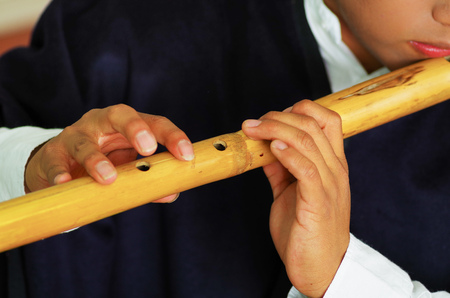An ongoing dialogue on HIV/AIDS, infectious diseases,
July 22nd, 2018
FDA Approves First PI-Based Single-Tablet Treatment for HIV — How Will It Be Used?
The latest HIV drug approval from the FDA came this past week with the release of a single-tablet treatment containing the following drugs:
- Darunavir (DRV) 800 mg
- Cobicistat (c) 150 mg
- Emtricitabine (FTC) 200 mg
- Tenofovir alafenamide (TAF) 10 mg
Often abbreviated “DCF-TAF,” this is the first full treatment regimen in a single pill with a protease inhibitor. The approval is based on two large randomized clinical trials.
The AMBER study compared this DCF-TAF single tablet to a control arm of DRV/c plus TDF/FTC in 725 treatment-naive individuals. Virologic outcomes were similar, with renal and bone endpoints favoring DCF-TAF. There was no emergent PI resistance; one patient developed M184V in the DCF-TAF arm.
The EMERALD study enrolled 1,141 patients already virologically suppressed on a boosted PI plus TDF/FTC based regimen. (This is the largest HIV switch study ever done, for the record.) Prior virologic failure was permitted. Participants were then randomized 2:1 to receive DCF-TAF or to stay on their current regimen. Both approaches maintained virologic suppression, with no discontinuations for virologic failure. There was no emergent HIV drug resistance, and again renal and bone outcomes favored the DCF-TAF arm.
These data persuasively argue that this convenient coformulation is every bit as good as the separate tablets. There are many people still receiving darunavir-based regimens — it’s our best tolerated protease inhibitor — and most patients prefer the simplicity of having one pill, one prescription, and one co-pay.
However, the DCF-TAF tablet faces several challenges that may limit widespread adoption:
- Many HIV treatment guidelines favor integrase inhibitor (INSTI)-based therapy over boosted PIs. These guidelines can cite several studies where INSTIs were better tolerated and/or more effective than boosted PIs. The FLAMINGO study, for example, demonstrated the superiority of dolutegravir over darunavir/ritonavir.
- The low risk of resistance with boosted PIs is also seen with the second-generation INSTIs dolutegravir and bictegravir. This high resistance barrier in the boosted PI drug class was once a distinguishing characteristic, but no longer.
- Pharmacokinetic boosters should be avoided in HIV treatment whenever possible. The drug interactions with ritonavir and cobicistat are extensive and frequently clinically relevant. Here’s a nicely done series done by my colleagues reviewing local data on the important interaction of ritonavir with injectable corticosteroids.
- Several observational studies have linked treatment with HIV protease inhibitors to increased cardiovascular risk. Atazanavir appears to be the lone exception, possibly mediated by its signature side effect, hyperbilirubinemia.
- The tablet will be expensive. The price is reportedly $41,000/year. If confirmed, this will be the costliest of the available single-tablet treatment options. With more generic antivirals available yearly, the price of HIV therapy is drawing greater scrutiny.
- Are we moving to a “less is more” approach to HIV therapy? There is already a two-drug option approved for maintenance of virologic suppression (dolutegravir plus rilpivirine), and the release of data from the GEMINI studies of dolutegravir plus generic lamivudine is imminent. Such approaches make the four drugs included in the DCF-TAF tablet seem like too much of a good thing.
These concerns notwithstanding, as noted above there are many patients currently on darunavir-based treatments. Not everyone can tolerate INSTIs (CNS side effects are probably the most common reason for cessation), and many treatment-experienced patients already have resistance to NNRTIs. For these individuals, I suspect this new single-pill option will prove popular — provided the price and payer issues are settled.
Now, as for the brand name — “SYMTUZA” — to me it brings to mind the name of a Nepali musical instrument.
A highlight of their visit to a remote village was a brilliant trio performed on the Babucha, the Dakkari, and the Symtuza.
How about you?



HI Paul,
I’m a nurse practitioner student (finishing in 2 weeks!) and I’ve done an HIV specialty as part of my program. I love following your blog!
Couple questions/thoughts about Symtuza…
1. A drug rep said there was a patient in the trial with a crazy high viral laod of over 100 million?? In my HIV clinicals, the highest I have seen is 25 million.
2. The word is that you have to keep the pills in the bottle with the desiccant. We have a lot of patients in clinic who use pill boxes. Will have the pills a week in a pill box without the desiccant really change its efficacy that much?
Considering that PI monotherapy doesn’t lead to failure with resistance, while DTG monotherapy does, I still feel like the barrier to resistance is higher with PIs. I can see a niche for this with my least adherent patients. I’d appreciate your thoughts on this. Thanks.